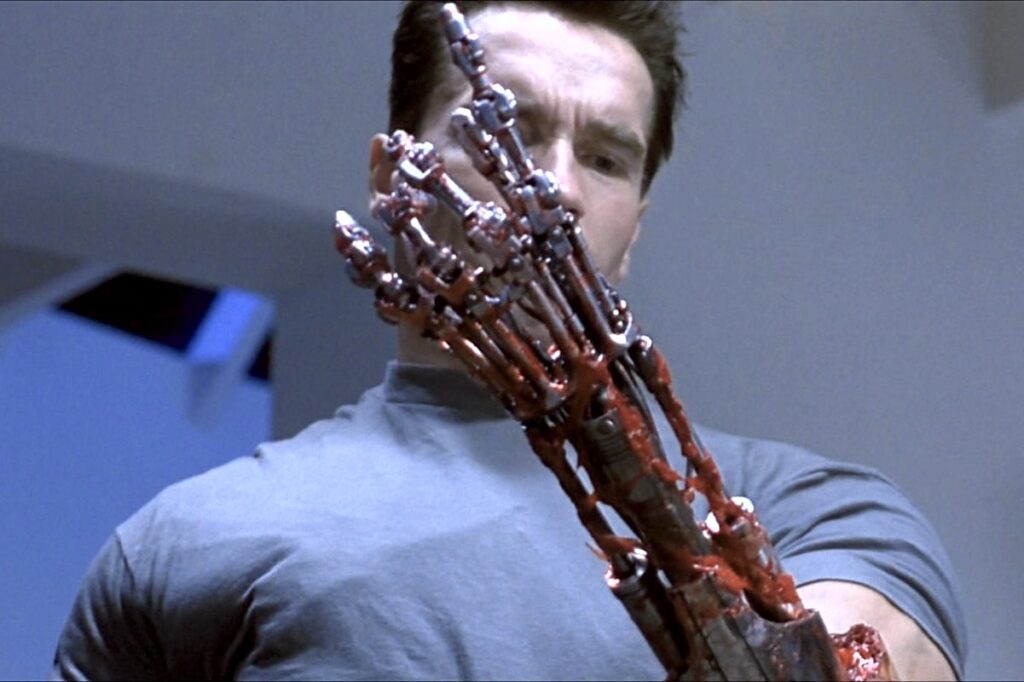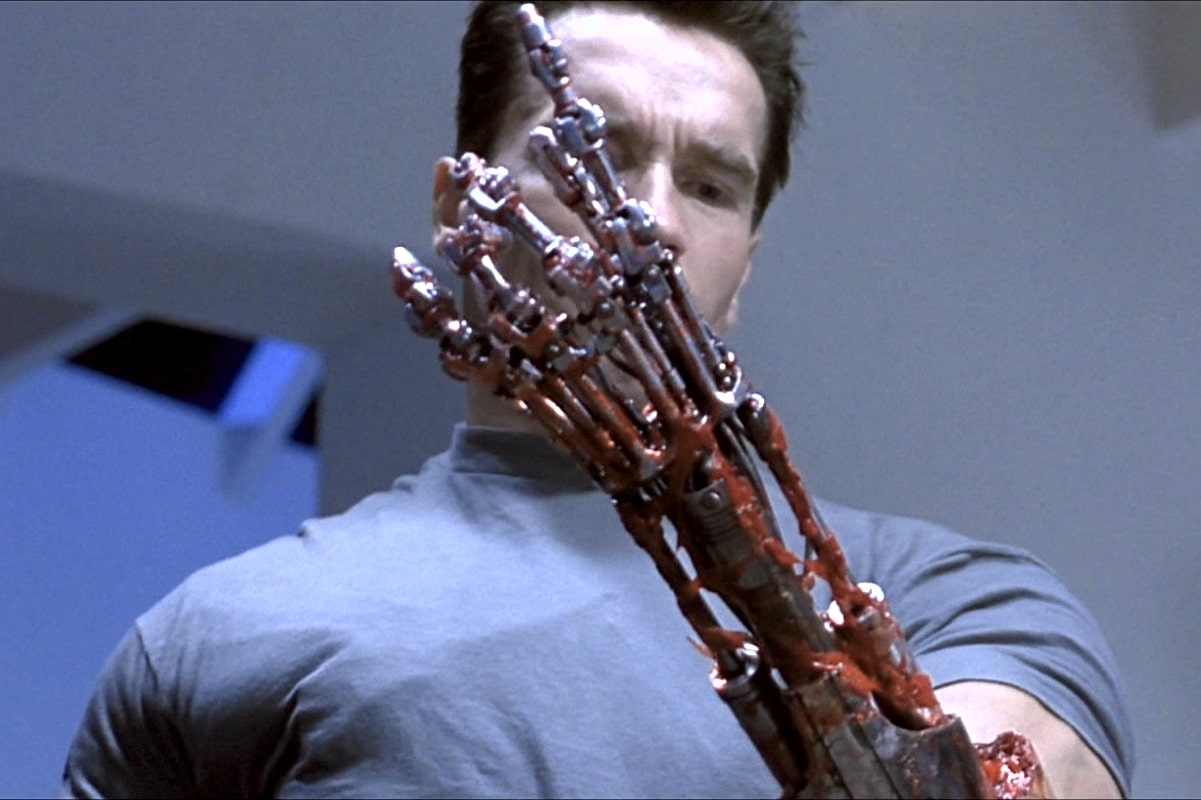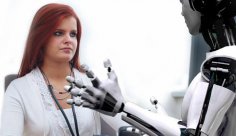
A two-layer, fully biocompatible artificial muscle made of protein strands of elastin is capable of contracting, expending chemical energy, and taking its original shape again.
Scientists assembled artificial muscle from natural proteins
Scientists at the University of Freiburg in Germany have created an artificial muscle made of elastin, a common animal protein. It is able to contract under the influence of temperature and acidity of the environment and is fully biocompatible. Theoretically, in the future, such muscles could find application in regenerative medicine, restoring fragments of irreversibly lost tissue. Stefan Schiller and his colleagues write about it in an article published in the journal Advanced Intelligent Systems.
Elastin is a fibrillar protein that resembles long strands and is part of connective tissue. It forms an intercellular skeleton that supports cell structures, guides cell growth and migration of individual cells. It is elastin that gives elasticity to the skin, vascular walls, bladder and other tissues. Scientists in Freiburg slightly changed the amino acid sequence of elastin, obtaining two similar molecules, one of which responds to the acidity (pH) environment, and the other – to temperature; using photochemical reactions, both chains are sewn into a two-layer structure.
In the presence of a chemical energy source (in this case, sodium sulfite), such proteins are able to reversibly change their structure. Following pH fluctuations, one of them contracts and stretches again, forcing the whole such muscle either to bend or to take its original shape, transforming chemical energy into mechanical motion. By an additional temperature effect these fluctuations can be “turned on” and “turned off”, providing the artificial muscle with a “memory effect”.
According to scientists, in the future it will be possible to create analogues of this system capable of responding to other environmental stimuli, as well as using other chemical compounds as energy sources. Programmable muscles can find applications not only in medicine, but also in robotics. In the meantime, machine developers are experimenting with whole living muscle cells to drive their devices.





